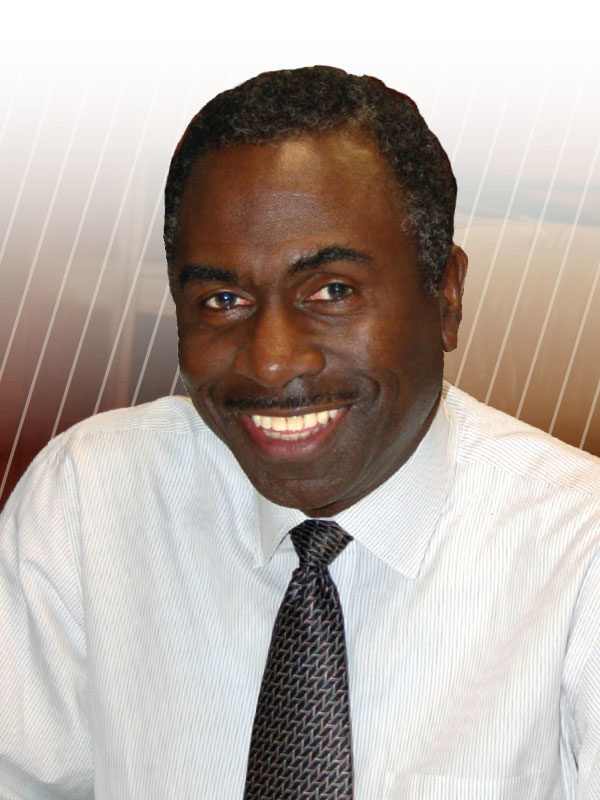A man of many talents, Ron Coley is a student basketball player turned Marine Corps pilot, turned county administrator, who is now working his magic as the associate vice chancellor, business and administrative services, University of California, Berkeley.
He and his wife Soraya, the provost at California State University, Bakersfield, often talk shop at home—when they find themselves in the same city. “I’m in Northern California and she’s in Central California, about a four-hour drive away,” he says. “I spend most of my discretionary time trying to get to her.”
You introduced Kaplan and Norton’s balanced scorecard as a management tool in 1999. Why?
Soon after I arrived at UC Berkeley in 1998, I realized we did not have an understanding and appreciation for the power of strategy. I spent my first year doing exhaustive research, trying to understand what strategy would work best in the environment of higher education.
The balanced scorecard allowed me to implement a strategy that reflects my personal values, which have five components, the heart of which is integrity. If you can lead from a position of trust and authenticity, people will instinctively do a little bit more and a little better.
Another critical component is people. I believe we have to serve the hands that serve. It is our responsibility to support and develop people who are seen as subordinates, because it is these folks who are on the front lines and who cause an organization to thrive.
What else?
To propel our organizations to a higher level, we need to look for ways to improve our processes and ensure that our resources are used productively and not wasted. If you operate with integrity, support your staff, improve your processes, and effectively manage your resources, you are able to provide exceptional customer service and satisfaction. It’s almost unavoidable.
What obstacles stand in the way of continuous improvement in higher ed?
What immediately comes to mind is leadership. We could be more courageous. Somehow, because of tradition or political advantages or a host of other reasons, we tend not to do some of the things we know need to be done.
I’m a pretty serious critic of higher education in America. I don’t think we spend our resources the way we should. We need to try to find ways to collaborate with each other.
When I retire from higher education, one of the things I will be most proud of is having led the effort to create one procurement department for both UC Berkeley and the University of California, San Francisco (UCSF).
What’s significant about that effort?
As a general rule, each of the 10 campuses in the UC system has a separate procurement operation. We spend nearly half a billion dollars buying various supplies and equipment, and right across the bay, UCSF spends nearly one half billion buying the same things from the same vendors. We’re only eight miles apart.
What we have done over the last several years is integrate and train both staffs, creating one system. We have one sourcing group that negotiates contracts for both campuses. Consequently, when you’re talking with vendors, there’s a different conversation if there is $500 million on the table, as opposed to $1 billion.
Are you saving money?
We’ve already saved $20 million or so for each campus. As we build the organization and renegotiate contracts, I’m very confident we will save as much as $40 million per year for each campus.
What in your background prepared you for this role?
I was lucky that the then Vice Chancellor Horace Mitchell was willing to take a chance on me. I spent 20 years as a Marine Corps pilot. Many people have a hard time seeing UC Berkeley and Marine Corps in the same sentence. What I learned in the Marines is this: If you do not take care of your Marines, they will not be able to take the hill. That is the same attitude and focus I bring to my responsibilities here.
MARGO VANOVER PORTER, Locust Grove, Virginia, covers higher education business issues for Business Officer.



